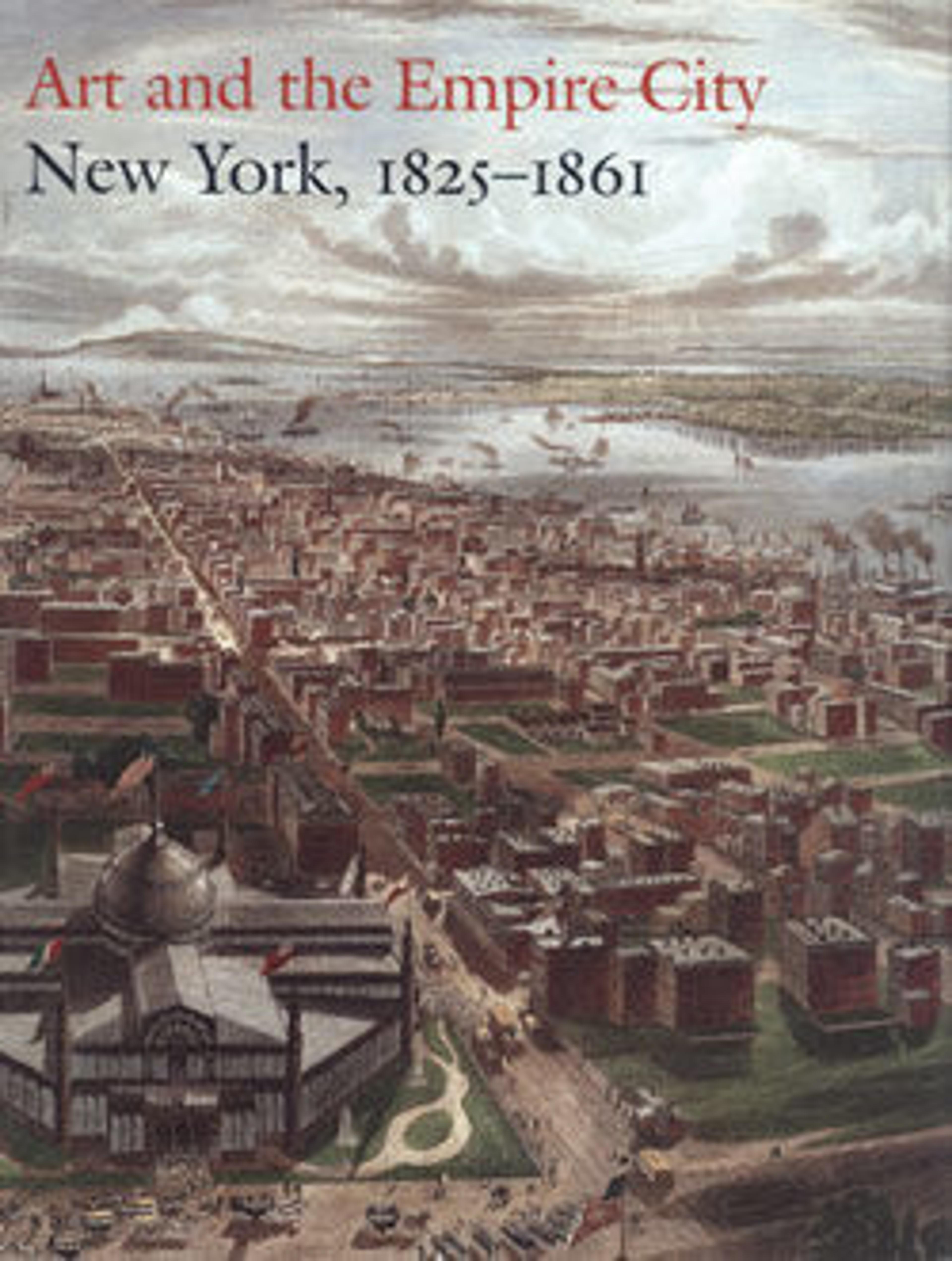Pitcher
In 1828 two Scotsmen David and James Henderson took over the defunct Jersey Porcelain and Earthenware Company in Jersey City, New Jersey, to fabricate fine stonewares that resembled those made in England. Such mid-range wares were imported into America in large quantities. The Jersey City factory relied heavily on English workers, designs and factory practices. Many of the firm's products, pitchers, in particular, virtually replicate their Staffordshire counterparts. The Hendersons reorganized in 1833, renaming their firm the American Pottery manufacturing company, whose mark appears on the underside of this pitcher. The overall form of the pitcher is based on English models, yet the relief decoration of thistles appears to be uniquely American, the motif perhaps a reference to the proprietors' native country. The stippled background calls to mind patterns in lacy pressed glass of the same time period.
Artwork Details
- Title:Pitcher
- Manufacturer:American Pottery Manufacturing Company (American, 1833–ca. 1854)
- Date:1833–50
- Geography:Made in Jersey City, New Jersey, United States
- Culture:American
- Medium:Earthenware
- Dimensions:9 5/8 x 9 1/8 x 7 in. (24.4 x 23.2 x 17.8 cm)
- Credit Line:Gift of Maude B. Feld and Samuel B. Feld, 1992
- Object Number:1992.230
- Curatorial Department: The American Wing
More Artwork
Research Resources
The Met provides unparalleled resources for research and welcomes an international community of students and scholars. The Met's Open Access API is where creators and researchers can connect to the The Met collection. Open Access data and public domain images are available for unrestricted commercial and noncommercial use without permission or fee.
To request images under copyright and other restrictions, please use this Image Request form.
Feedback
We continue to research and examine historical and cultural context for objects in The Met collection. If you have comments or questions about this object record, please contact us using the form below. The Museum looks forward to receiving your comments.
